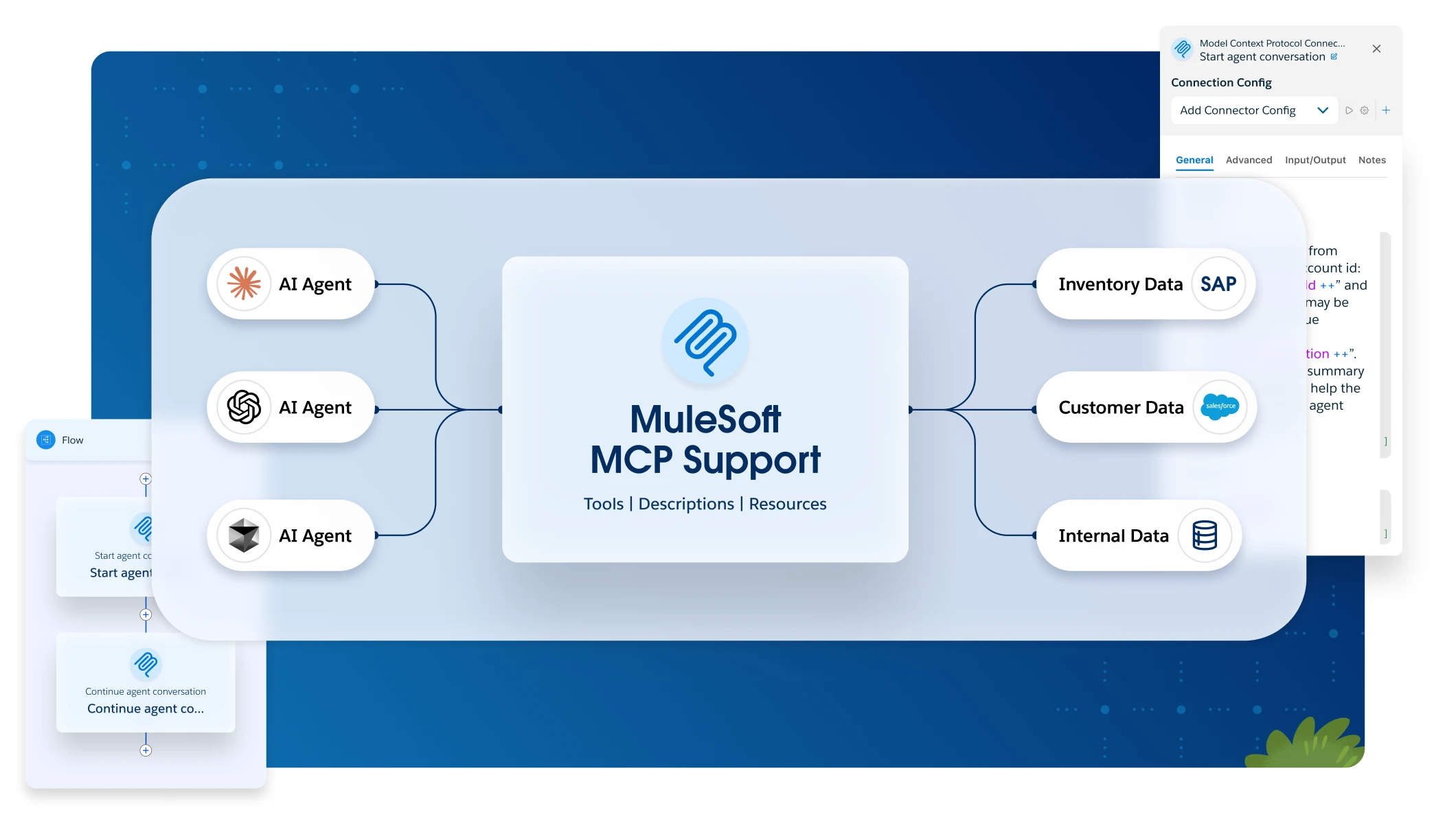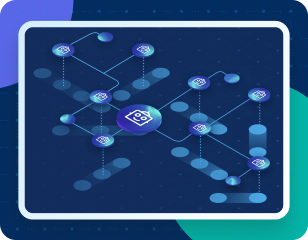Using Anypoint Studio to Configure MuleSoft Inference Connector 1.2
Anypoint Studio (Studio) editors help you design and update your Mule applications, properties, and configuration files.
To add and configure a connector in Studio:
When you run the connector, you can view the app log to check for problems in real time, as described in View the App Log.
If you are new to configuring connectors in Studio, see Using Anypoint Studio to Configure a Connector. If, after reading this topic, you need additional information about the connector fields, see the MuleSoft Inference Connector Reference.
Create a Mule Project
In Studio, create a new Mule project in which to add and configure Anypoint Connector for MuleSoft Inference (MuleSoft Inference Connector):
-
In Studio, select File > New > Mule Project.
-
Enter a name for your Mule project and click Finish.
Add the Connector to Your Mule Project
Add MuleSoft Inference Connector to your Mule project to automatically populate the XML code with the connector’s namespace and schema location and add the required dependencies to the project’s pom.xml file:
-
In Mule Palette, click (X) Search in Exchange.
-
In Add Dependencies to Project, type
mulesoft inferencein the search field. -
Click MuleSoft Inference Connector in Available modules.
-
Click Add.
-
Click Finish.
Adding a connector to a Mule project in Studio does not make that connector available to other projects in your Studio workspace.
Configure a Source
A source initiates a flow when a specified condition is met. You can configure one of these sources to use with MuleSoft Inference Connector:
-
HTTP > Listener
Initiates a flow each time it receives a request on the configured host and port
-
Scheduler
Initiates a flow when a time-based condition is met
For example, to configure an HTTP > Listener source, follow these steps:
-
In Mule Palette, select HTTP > Listener.
-
Drag Listener to the Studio canvas.
-
On the Listener configuration screen, optionally change the value of the Display Name field.
-
Specify a value for the Path field.
-
Click the plus sign (+) next to the Connector configuration field to configure a global element that can be used by all instances of the HTTP > Listener source in the app.
-
On the General tab, specify the connection information for the connector.
-
On the TLS tab, optionally specify the TLS information for the connector.
-
On the Advanced tab, optionally specify reconnection information, including a reconnection strategy.
-
Click Test Connection to confirm that Mule can connect with the specified server.
-
Click OK.
Add a Connector Operation to the Flow
When you add a connector operation to your flow, you are specifying an action for that connector to perform.
To add an operation for MuleSoft Inference Connector, follow these steps:
-
In Mule Palette, select MuleSoft Inference Connector and then select the operation to add.
-
Drag the operation onto the Studio canvas, next to the source.
Configure a Global Element for the Connector
When you configure a connector, configure a global element that all instances of that connector in the app can use. Configuring a global element requires you to provide the authentication credentials that the connector requires to access the target inference provider.
You can reference a configuration file that contains ANT-style property placeholders (recommended), or you can enter your authorization credentials in the global configuration properties. For information about the benefits of using property placeholders and how to configure them, see Anypoint Connector Configuration.
To configure the global element for MuleSoft Inference Connector, follow these steps.
-
Select the operation in the Studio canvas.
-
On the properties screen for the operation, click the Add (+) icon to access the global element configuration fields.
-
Choose from these configs.
-
Image Generation Config
-
Moderation Config
-
Text Generation Config
-
Vision Config
-
-
Fill out the fields depending on the inference type.
-
Click OK.
Configure Additional Connector Fields
After you configure a global element for the connector, configure the other required fields. The required fields vary depending on which connector operation you use.
For detailed configuration information for each operation type, see MuleSoft Inference - Additional Configuration Information.
View the App Log
To check for problems, you can view the app log as follows:
-
If you’re running the app from Anypoint Platform, the app log output is visible on the Anypoint Studio console window.
-
If you’re running the app using Mule from the command line, the app log output is visible in your operating system console.
Unless the log file path is customized in the app’s log file (log4j2.xml), you can also view the app log in the default location MULE_HOME/logs/<app-name>.log. You can configure the location of the log path in the app log file log4j2.xml.



